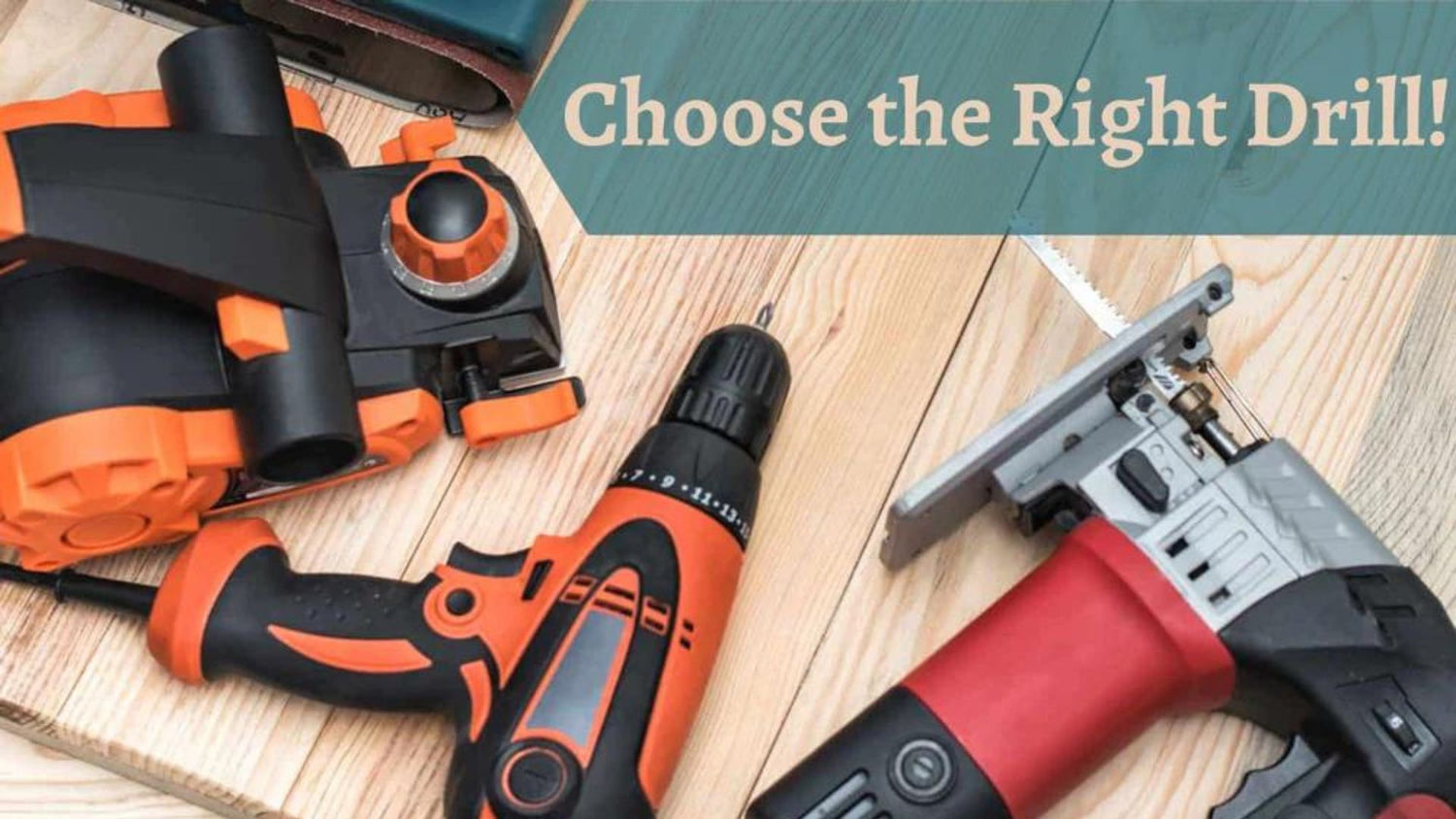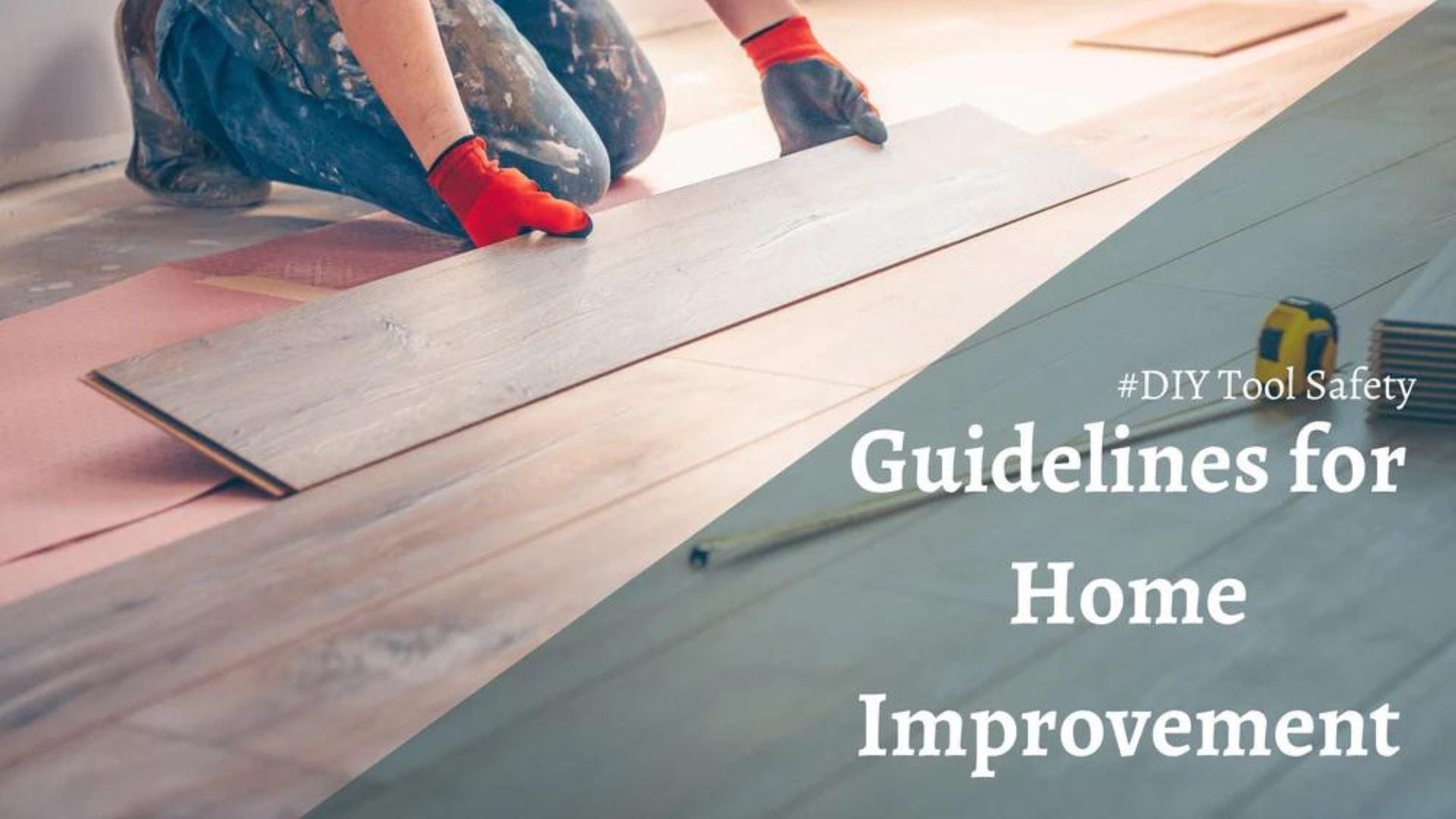Drills are essential tools for any DIY enthusiast or homeowner. They provide the power and versatility needed to tackle a wide range of projects, from simple repairs to complex renovations. However, with so many drill options available in the market, choosing the right one can be overwhelming. In this blog post, we will guide you through the process of selecting the perfect drill for your DIY projects. By considering factors such as drill types, power and speed, chuck size, accessories and features, ergonomics, and budget, you can make an informed decision that meets your project needs and ensures successful outcomes.
Understanding Drill Types
Corded Drills: Corded drills are powerful and reliable, as they draw continuous power from an electrical outlet. They are suitable for heavy-duty projects that require consistent and prolonged drilling. However, they have limited mobility due to the cord and may require an extension cord for large areas.
Cordless Drills: Cordless drills offer portability and convenience, as they are powered by rechargeable batteries. They are suitable for various DIY projects and provide freedom of movement. However, they have limited battery life and may require additional batteries for longer tasks.
Power and Speed Considerations
Power Ratings: Consider the drill's power rating, typically measured in volts (V) for cordless drills and amperage (A) for corded drills. Higher power ratings indicate more strength and capability to handle tougher materials and larger projects.
Speed Options: Drills typically come with multiple speed settings, allowing you to adjust the rotational speed of the drill bit. Higher speeds are suitable for drilling into softer materials, while lower speeds provide more torque for tougher materials or driving screws.
Drill Chuck and Chuck Size
Overview of Drill Chucks: The chuck is the part of the drill that holds the drill bit in place. Keyless chucks are convenient and allow for quick and easy bit changes, while keyed chucks require the use of a key to tighten and loosen the chuck.
Choosing the Appropriate Chuck Size: Chuck size refers to the maximum diameter of the drill bit that can be used. Common chuck sizes are 3/8-inch and 1/2-inch. Smaller chuck sizes are suitable for lighter tasks, while larger chuck sizes accommodate larger drill bits for heavier applications.
Drill Accessories and Features
Common Drill Accessories: Consider the accessories that come with the drill, such as drill bits, screwdriver bits, and extension rods. Having a variety of accessories allows you to tackle different projects without the need for additional purchases.
Additional Features: Evaluate additional features that enhance the drill's functionality and convenience. These may include adjustable clutch settings for precise control, LED lights for improved visibility in dimly lit areas, and built-in level indicators for accurate drilling.
Ergonomics and Comfort
Importance of Ergonomic Design: Look for a drill with an ergonomic design that provides a comfortable grip and reduces fatigue during extended use. A well-balanced and lightweight drill will allow for better control and maneuverability.
Handle Grip and Weight Distribution: Consider the handle grip style, whether it's a pistol grip or a T-handle, and choose the one that feels comfortable in your hand. Additionally, check the weight distribution to ensure that the drill feels balanced during operation.
Budget Considerations
Establishing a Budget Range: Determine your budget range for the drill, considering your project requirements and the frequency of use. Remember that investing in a higher-quality drill may result in better performance and durability.
Balancing Quality and Affordability: While it's important to find a drill that fits within your budget, it's equally crucial to balance affordability with quality. Opting for the cheapest drill may result in subpar performance and a shorter lifespan. Look for drills that offer a good balance between price and quality, considering factors such as durability, brand reputation, and customer reviews.
Identifying Cost-Saving Options: If budget is a concern, consider cost-saving options such as purchasing a drill kit that includes multiple accessories, as it may be more economical than buying each item separately. Additionally, keep an eye out for sales, discounts, or refurbished drills that offer good value for money.
Research and Reviews
Utilizing Online Resources: Take advantage of online resources to research different drill models and brands. Visit manufacturer websites, read product specifications, and compare features and prices. Online forums, DIY communities, and review websites can provide valuable insights and user experiences.
Reading Customer Reviews: Customer reviews and testimonials offer firsthand information about the performance, reliability, and user satisfaction of specific drill models. Pay attention to both positive and negative reviews to get a balanced perspective and make an informed decision.
Seeking Recommendations: Reach out to experienced DIYers, friends, or professionals who have used drills for their projects. Their recommendations and advice can help you narrow down your options and choose a drill that best suits your needs.
Testing and Evaluation
Trying Out Drills In-Store: If possible, visit a local hardware store or home improvement center to physically handle and test different drills. Get a feel for the weight, grip, and balance of the drills to determine which one is the most comfortable and suitable for your needs.
Renting or Borrowing Drills: Consider renting or borrowing drills before making a purchase, especially if you have a specific project that requires a specialized drill. This allows you to assess the performance and functionality of the drill without committing to a long-term investment.
Evaluating Performance and Ease of Use: During testing or evaluation, pay attention to the drill's performance in terms of power, speed, and precision. Consider how easy it is to operate, change drill bits, and adjust settings. A user-friendly drill will save you time and frustration during your DIY projects.
Choosing the right drill for your DIY projects is crucial to ensure efficiency, precision, and successful outcomes. By considering factors such as drill types, power and speed options, chuck size, accessories and features, ergonomics, budget, and conducting thorough research, you can make an informed decision. Remember to balance affordability with quality, invest in a reputable brand, and prioritize user reviews and recommendations. By selecting the right drill, you'll have a reliable and versatile tool at your disposal, ready to tackle a variety of projects with ease. So, take your time, evaluate your options, and choose a drill that empowers you to unleash your creativity and accomplish your DIY goals with confidence.



